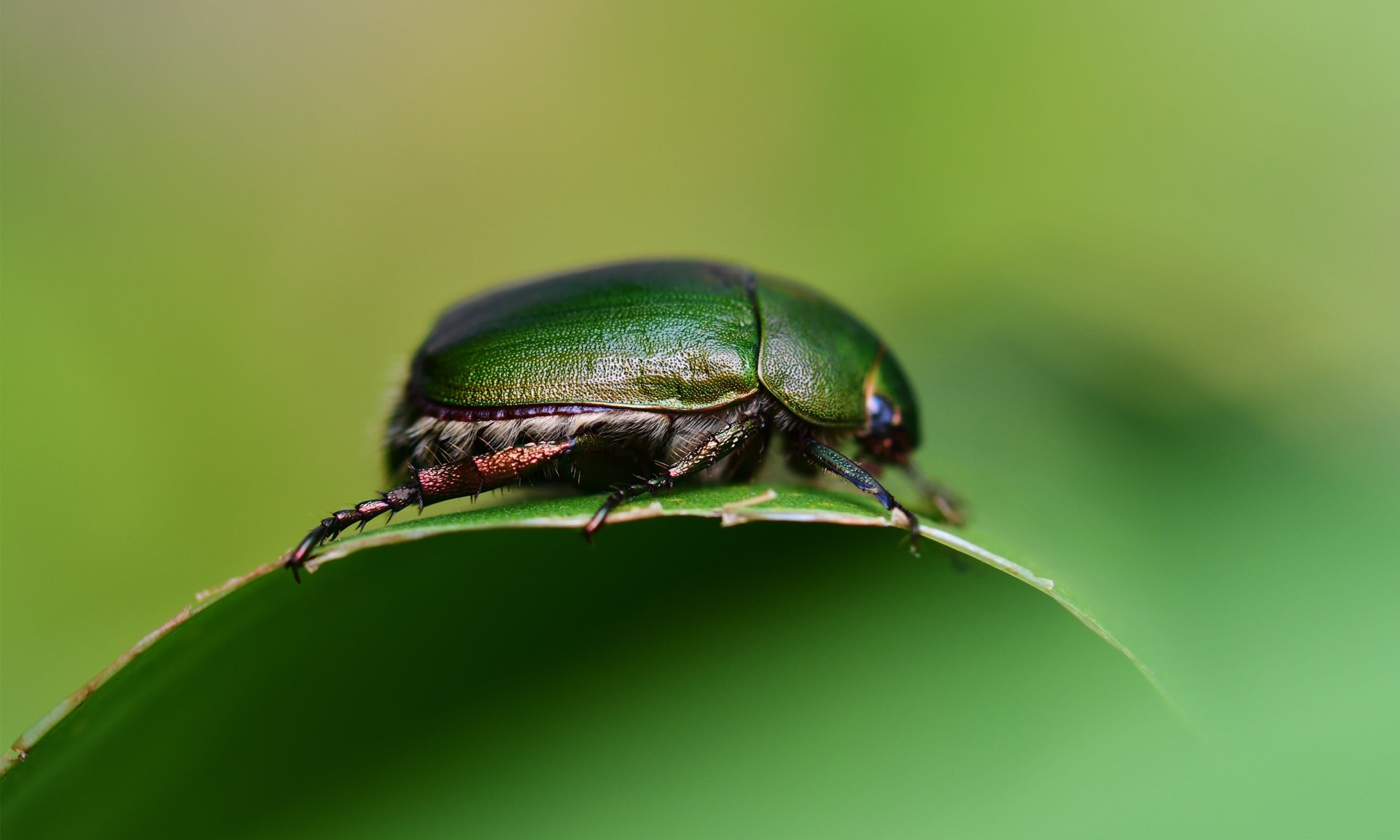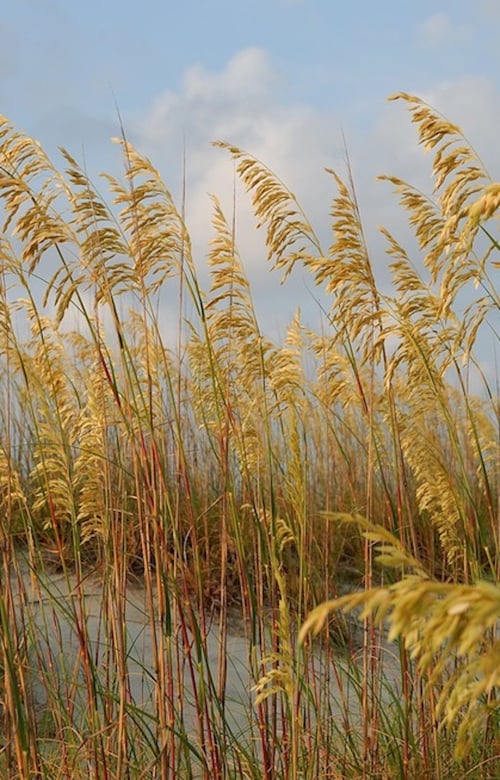
Pollinators matter in cities as well as agricultural areas, but numbers and diversity of these critical animals are in constant decline. It’s time we address the issue.
You can’t get an honest bite of street falafel these days without experiencing the oh-so-popular lament for the sacred honeybee.
On television and magazine covers, over the radio and via interviews galore, we hear more and more about declining bee populations. And that does matter, but what all those interviews fail to take into account is the importance of other pollinators too.
Declining pollinator diversity is, in fact, a serious problem these days. Not just honeybees, but native bees, beetles, butterflies, moths, birds and even bats struggle from loss of forage and shelter.
It’s not enough that we fight back for the honeybee, although that’s important too. We need to work to increase the number and kinds of other pollinators as well.
But how can we foster pollinator diversity in both urban and agricultural areas? How can we prop up urban ecology before it’s too late?
Let’s take a look at the most promising approaches today.
First, Why Do Other Pollinators Matter?

While the cheerful image of a honeybee and an apple blossom is much beloved, we rely on many other types of animals to pollinate our food crops and the other plants on which we rely. This list of crops demonstrates how many other creatures help to pollinate our plants.
And if you take a closer look, you’ll see that almost every species for which pollinator help is marked “essential” relies on several pollinators, not just the honeybee:
- Wasps
- Solitary bees
- Bumblebees
- Stingless bees
- Flies
- Ants
- Thrips
- Longhorn beetles
- Carpenter bees
- Blueberry bees (adorable!)
Unfortunately, says the PennState College of Agricultural Sciences, “surveys have documented disturbing population declines and even local extinctions of select pollinator species across Europe and the US.”
The Yale School of Forestry & Environmental Studies adds that “With bees threatened by habitat loss, pesticides, and climate change, researchers are finding that planting flower patches in urban gardens and green spaces can help restore these essential pollinators. The results are already being seen in cities from Chicago to London to Melbourne.”
While some seasonal variation in the abundance and diversity of pollinators is to be expected even in natural areas, the loss we’re experiencing today is unacceptable.
How Can We Increase Pollinator Diversity?

The good news, says Yale?
“Widespread planting for bees and other pollinators by landscape designers and gardeners is already underway,” and “Pollinator gardening is becoming mainstream in the U.K.”
Issues remain, however. They go on to caution that even pollen-rich herb and flower species may not prove effective in increasing pollinator diversity. If all we plant are exotic species that foster non-native bees, then the native pollinators on which we still very much rely will continue to decline.
In order to combat the problem, we need to mix in a healthy amount of local plants that feed and shelter native pollinators.
Moreover, we need to offer more green space, plain and simple. Our winged and crawling companions need more acreage on which to forage, build habitats and rest on long journeys. That’s where green roofs, rooftop gardens and native habitat creation comes in.
Want to learn more about any of the above? We invite you to get in touch with Ecogardens today.

